Shaft-Weaving and Macro-Gauze: The Textile Art of Peter Collingwood
A master weaver of the 1950s to the early aughts, British textile designer and artist Peter Collingwood made highly skilled rugs, split-ply baskets, wall-hangings and installations with intricate and fascinatingly complex designs. With a muted, pared back colour scheme, he focussed his energy on producing exquisite geometric patterns resembling Celtic knots or Afghan rug patterns. Through his innovative shaft-switching and macro-gauzes he was able to break free from the traditional straight lines and sides of weaving, moving outwards into three-dimensional space with suspended, sculptural works resembling fine nets and webs. Collingwood made extensive notes along this creative journey which became the backbone of his teaching practice, and, eventually, several instructional books including most famously The Techniques of Rug Weaving, 1968.
Collingwood was born in Marylebone, London in 1922 to academic parents who pushed him into the field of medicine from a young age. But looking back, he recognised an overwhelming desire to do and make, remembering in an interview, “As a child I was always confident in the way that I could do things with my hands. My favourite game was to balance a stick on my fingers and toss it up in the air and catch it, balancing it again.”
Nonetheless, Collingwood trained to become a doctor at Epsom College, Surrey, and St Mary’s Hospital Medical School. He came across weaving one day quite by chance, having discovered a weaving loom in the occupational therapy department of the hospital. He noted, “At the time, I knew absolutely nothing about weaving; all I saw was a machine.” Curious to learn more, Collingwood found himself experimenting with weaving and looms at home in what little free time he could muster. In his early days as a weaver, he built his own inkle loom with a pedal, fashioned out of two deck chairs, which gave him his first taste of how to begin making textiles.
While carrying out National Service in the Royal Army Medical Corps and the Red Cross in Jordan with Arab refugees, Collingwood took his small loom with him, continuing to perfect his craft when he could by making scarves for the officers’ wives. In Jordan, he encountered ethnic weavings for the first time and was gifted a Bedouin tent-hanging, which came to inspire his own designs.
In the years that followed Collingwood abandoned medicine, training in the studio of the renowned textile artist Ethel Mairet, who had an established textile studio in Ditchling, East Sussex. She profoundly altered his approach to making, as he recalled, “For me, it was a very strange experience, but it was an eye opener because it was the first time I had met somebody who you’d now say was weaving art fabrics.” More work experience weaving rugs with the two British weavers Barbara Sawyer and Alastair Morton gave Collingwood enough confidence to establish his own studio in Archway, north London, in 1953. Around this time he began creating multi-shaft rugs on another invented, hand-made loom, which he described as, “… a funny little eight harness loom which had keys like a piano, one for each harness.”
He worked tirelessly and determinedly for the next few years, swiftly producing a large body of textiles, some he would sell to large department stores, others saved for design exhibitions and showcases, while teaching on the side to make ends meet. In 1957, Collingwood became a fellow of the Digswell Arts Trust in Hertfordshire, during which time he was able to secure a series of large-scale commissions. It was here that Collingwood first discovered a process he called ‘shaft-switching’, in which he adapted his loom to allow him to produce tapestries and rugs at half the usual speed, as well as weaving at an angle, a technique he called ‘anglefells.’
Throughout the 1960s Collingwood purchased an old school near Colchester in Essex, which he converted into a home and studio with his wife, the teacher Elizabeth Brunsdon. Here Collingwood pioneered his Macro-gauze wall-hangings, made by crossing warps over one another in zigzag and sideways patterns, which eventually led him into three-dimensional, installation art with an airy, spirited and weightless quality which demonstrated the freeing possibilities of textile art. Up until his death in 2008, he was consistently dedicated to innovation, through pushing, pulling, and trying things out. Ultimately, the Eastern saying that he had pinned to his Macro-gauze loom came to sum up his creative sensibilities: “The simple only reappears after the complex is exhausted.”





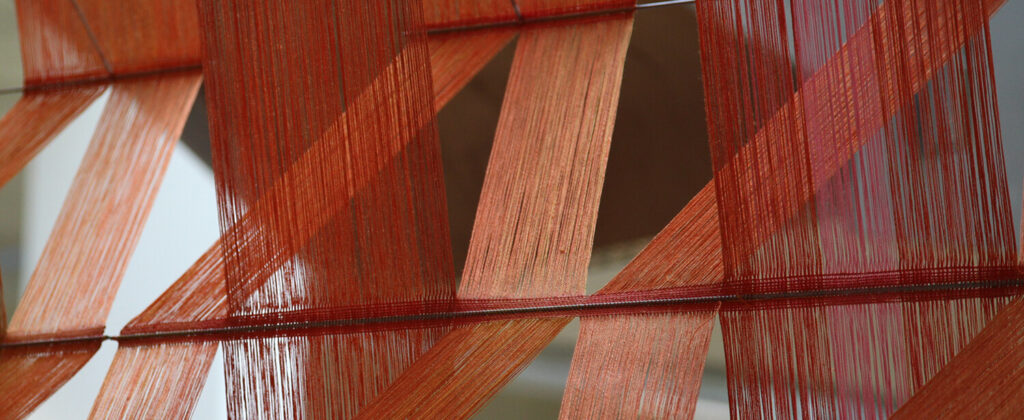
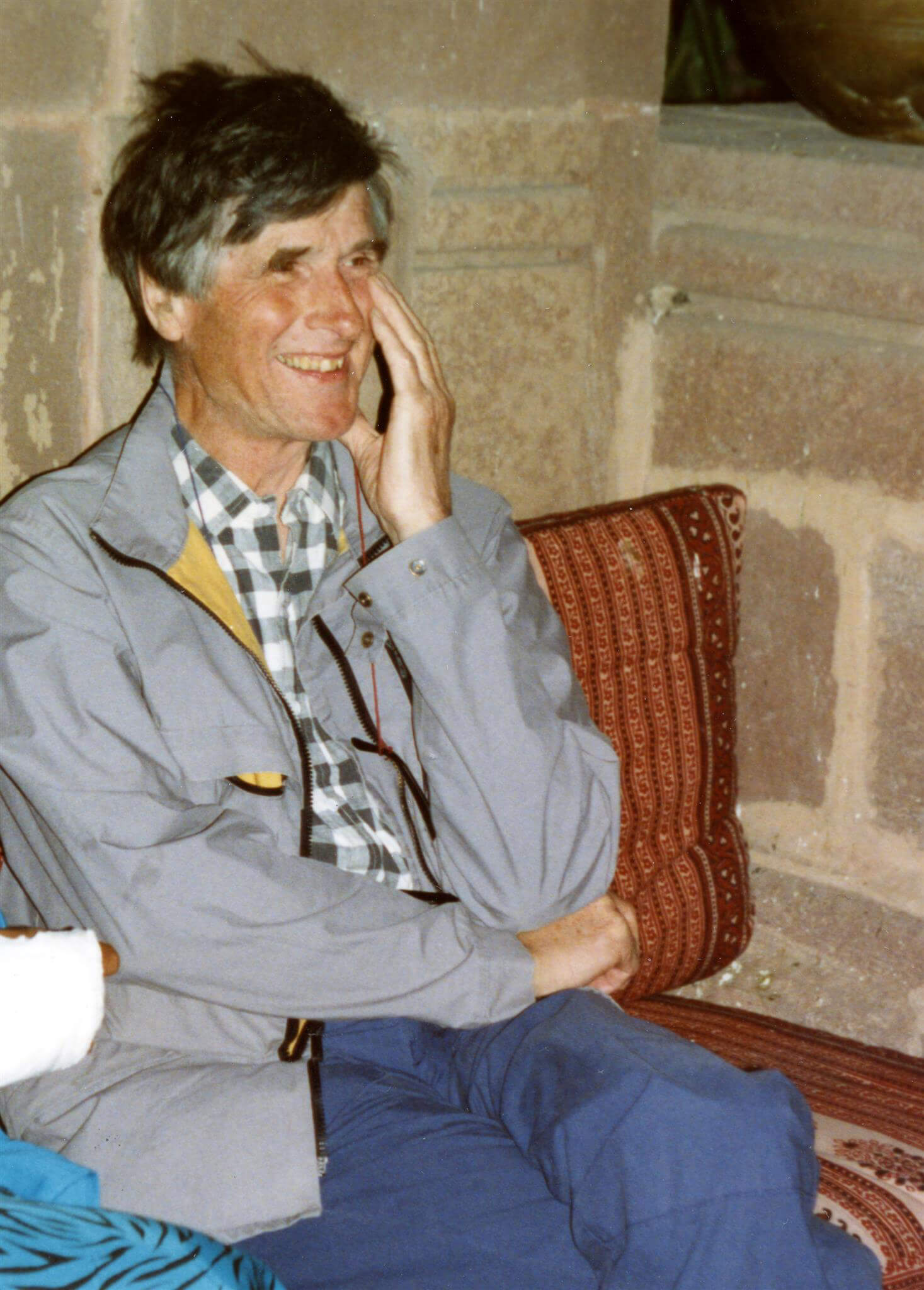
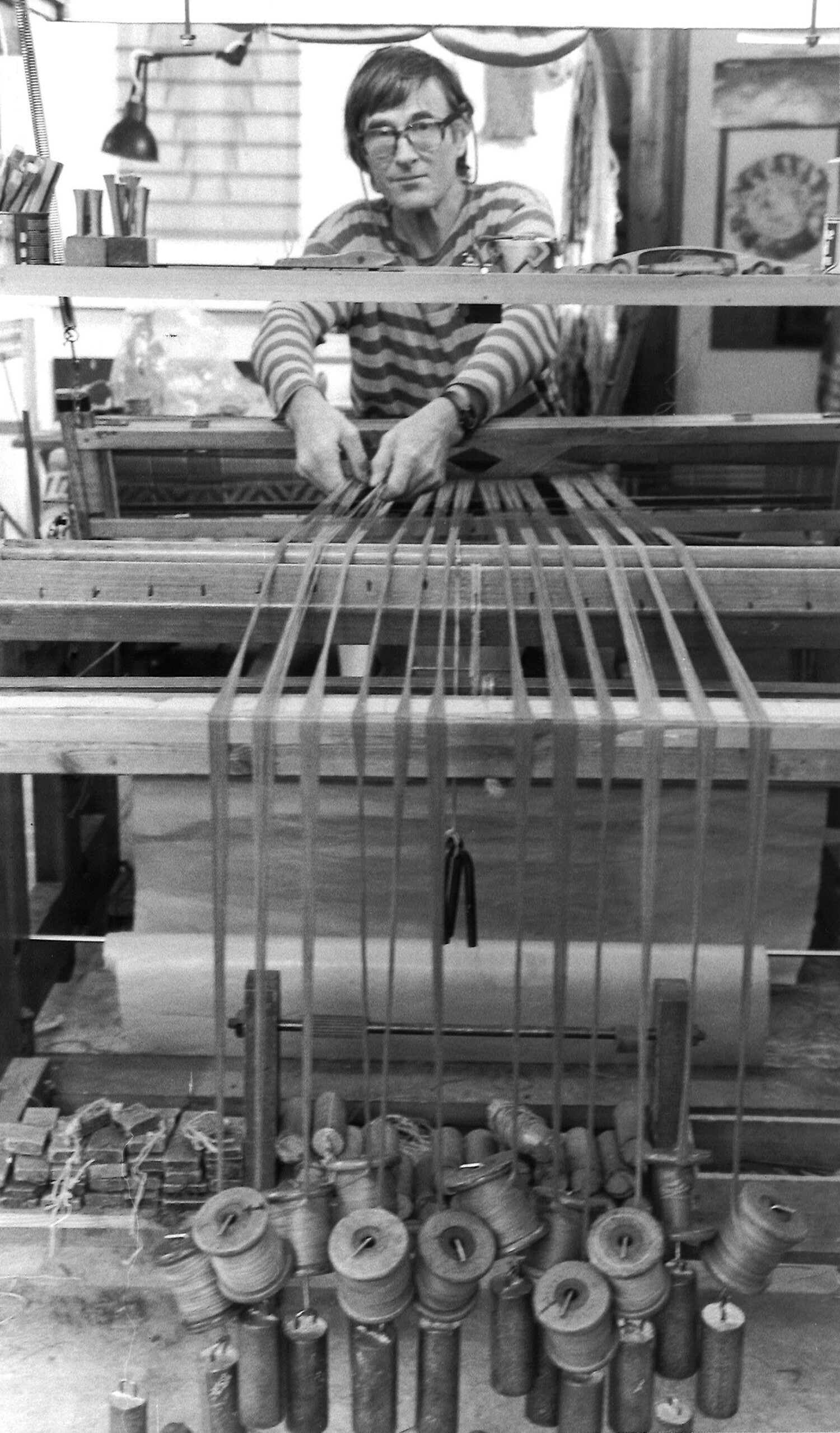
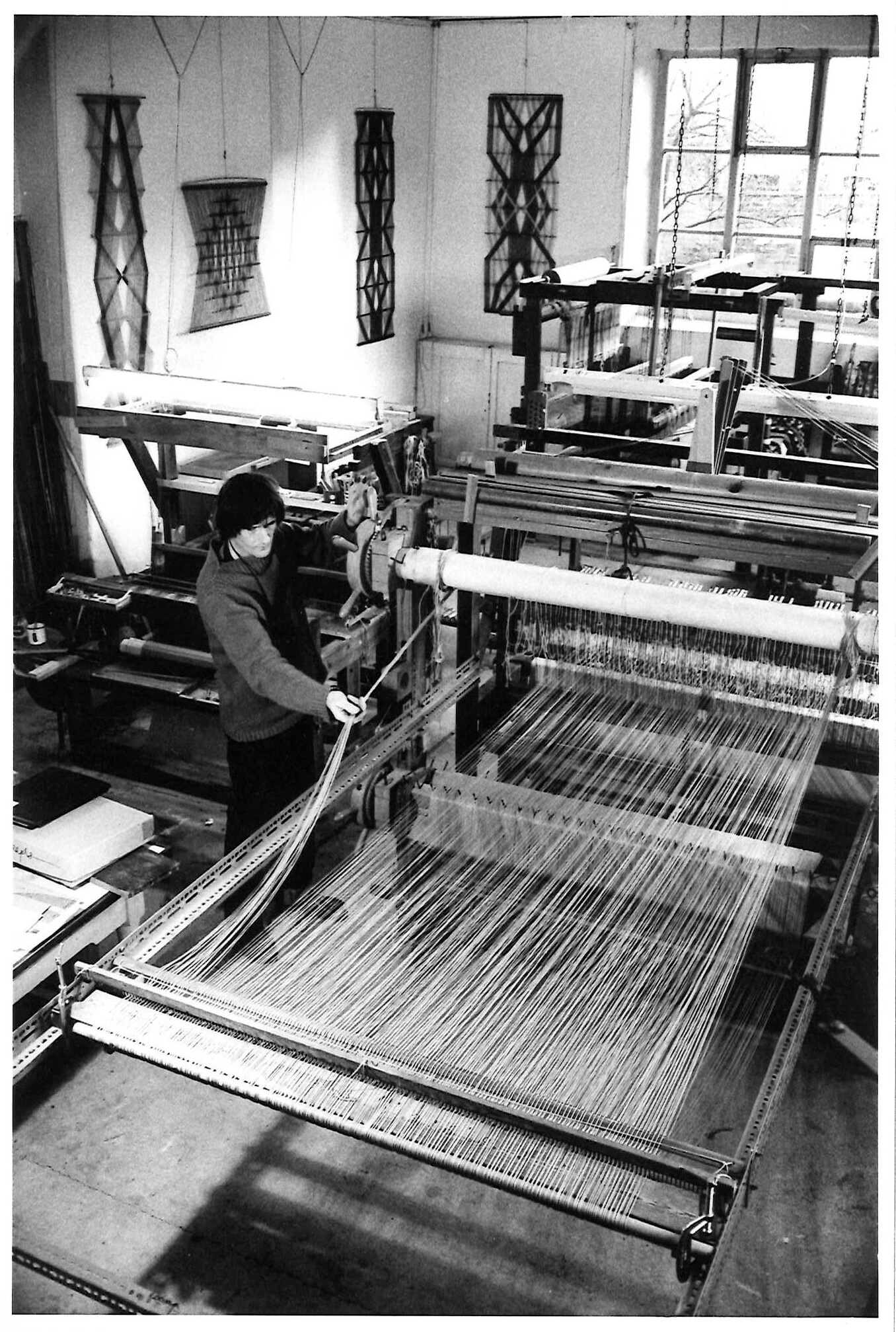
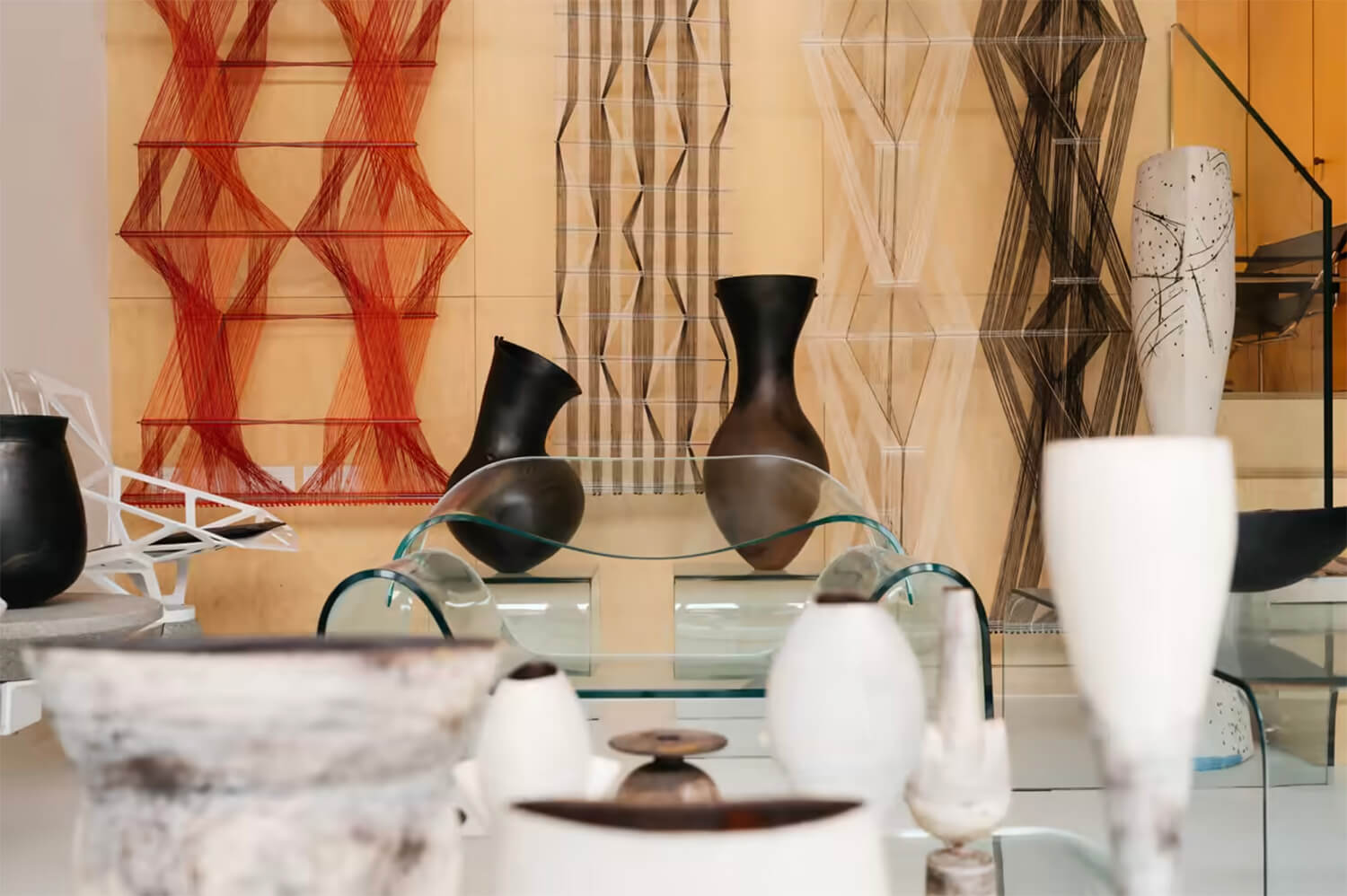
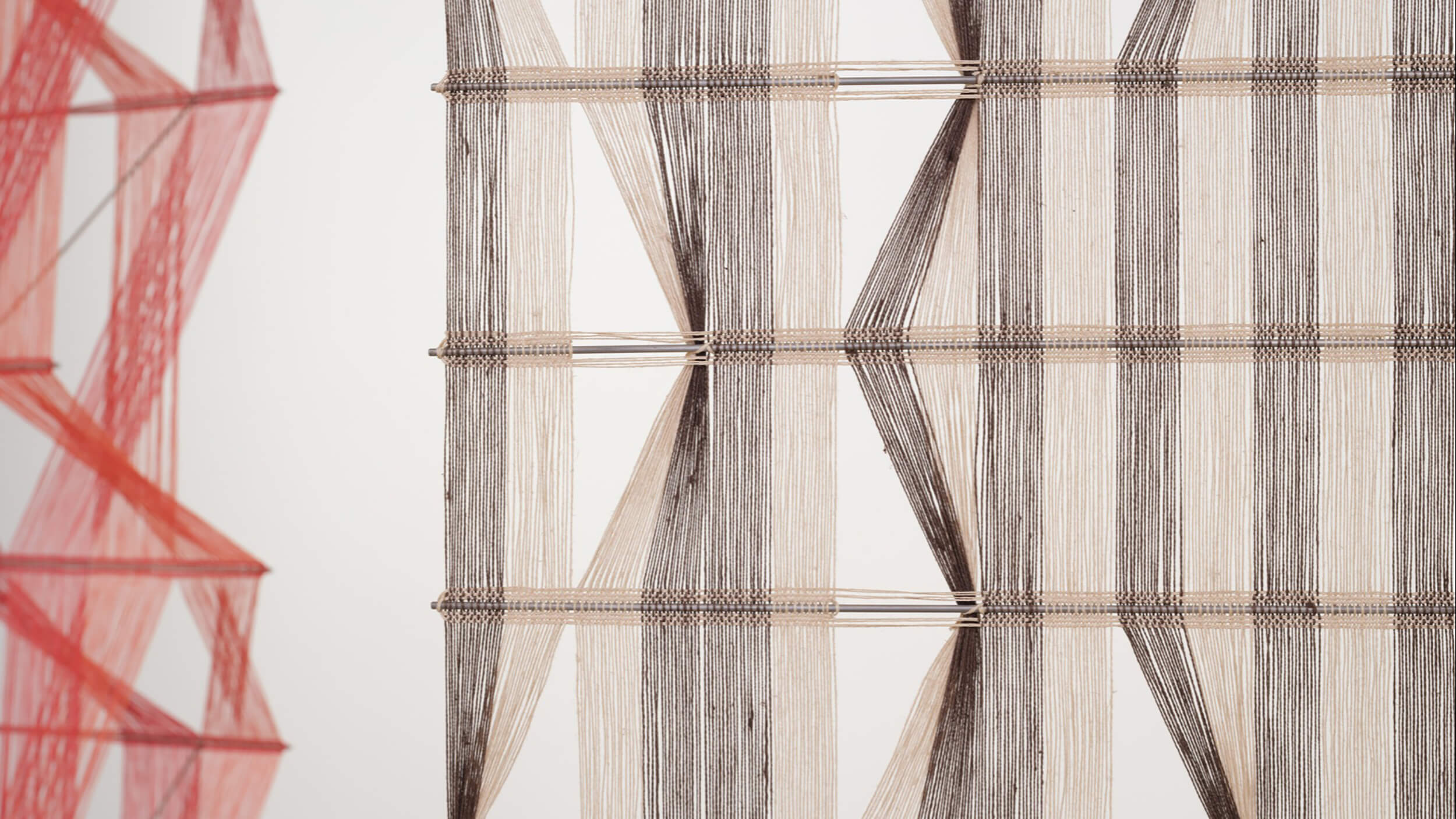
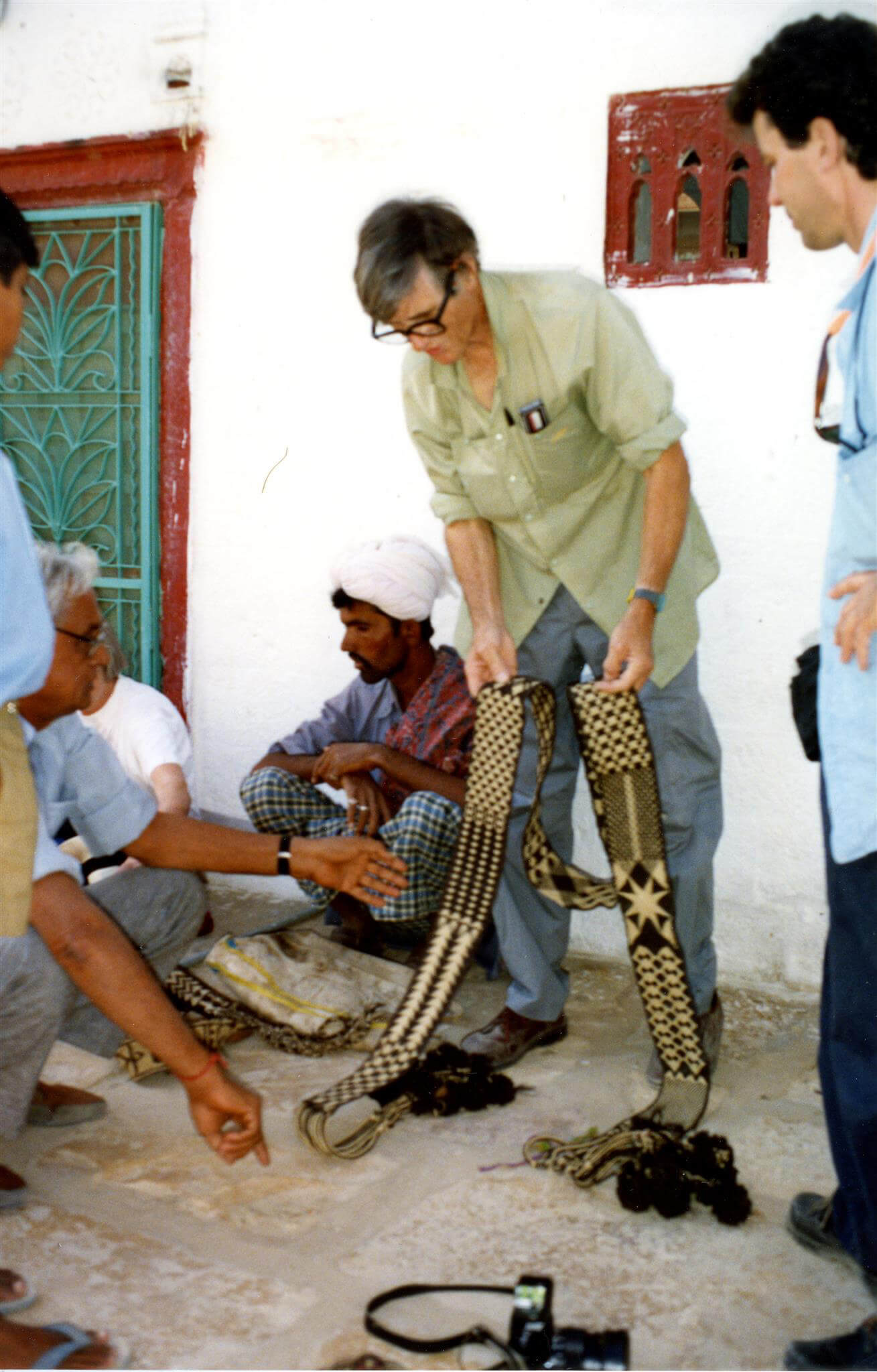
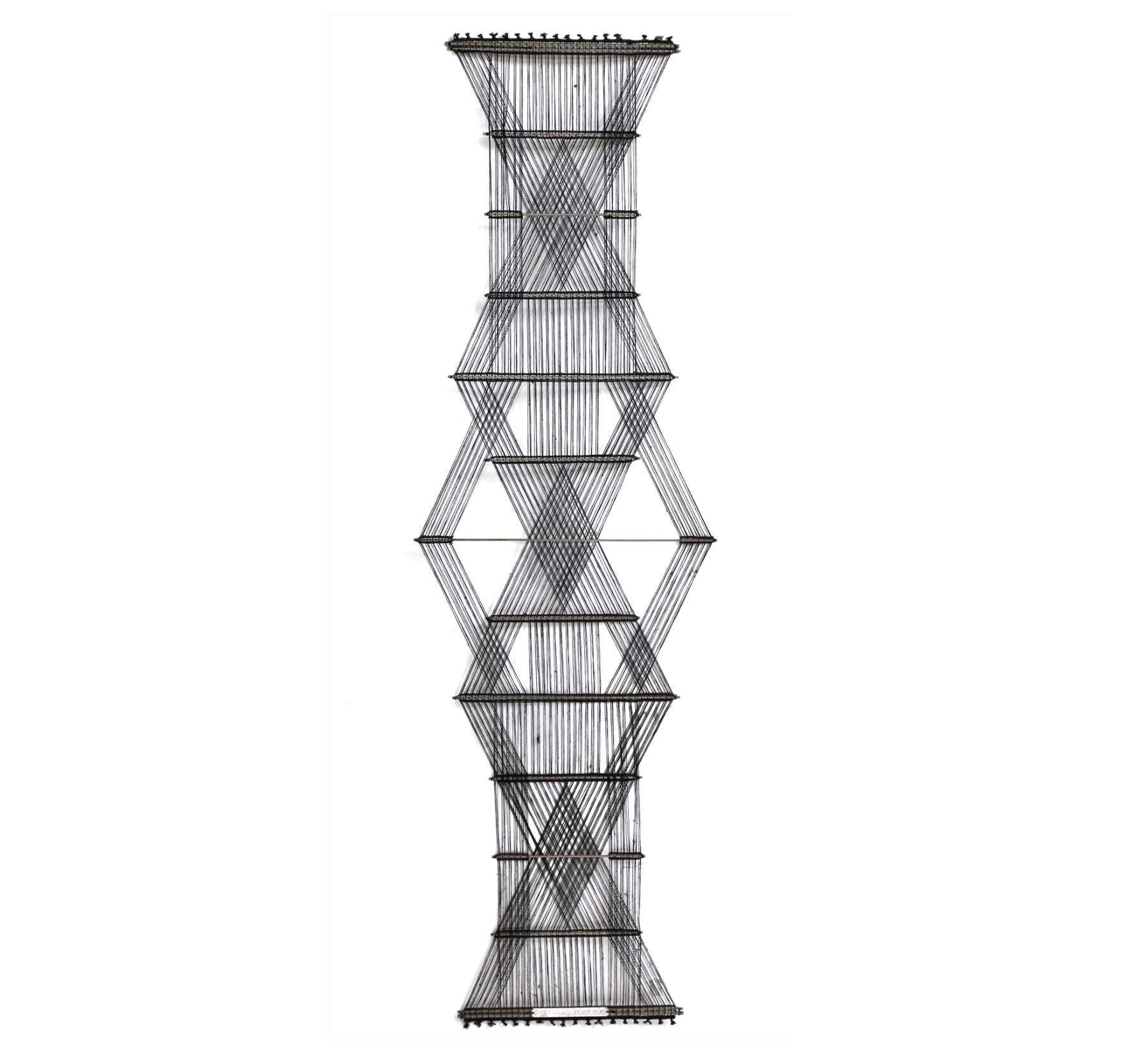
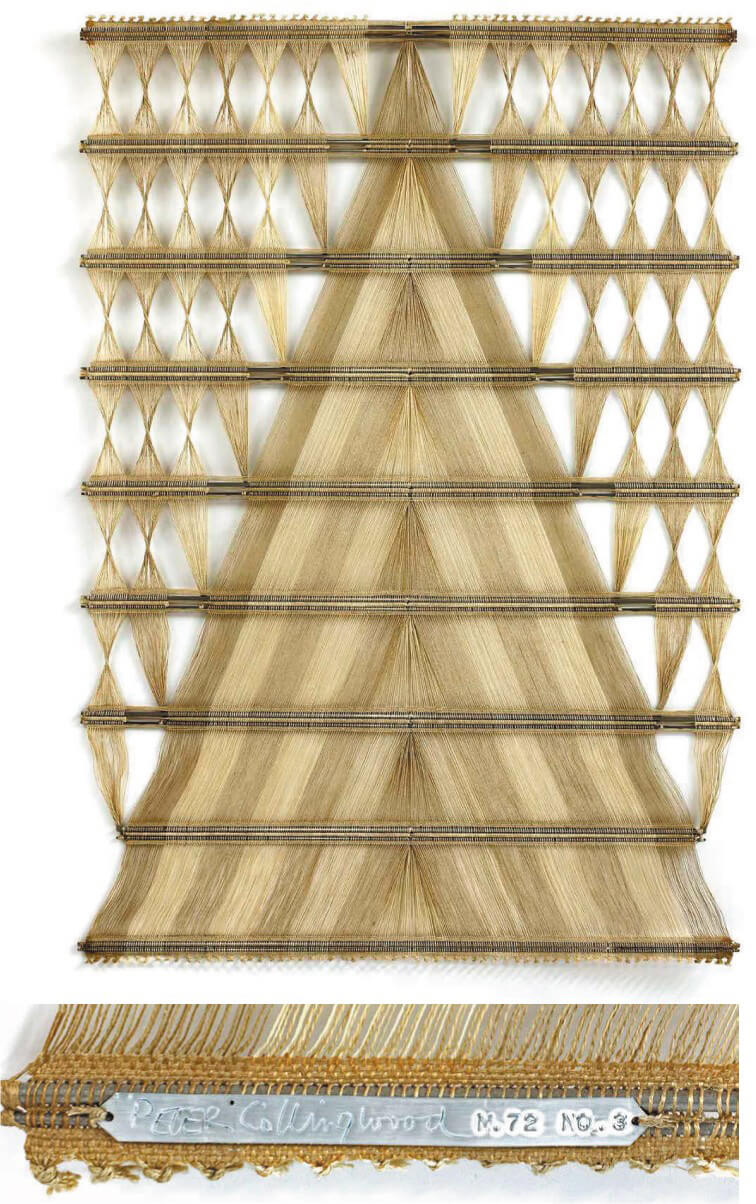

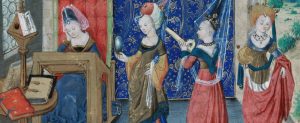
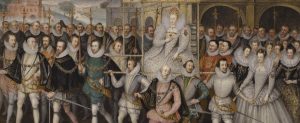
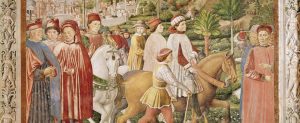
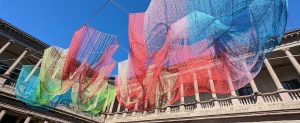














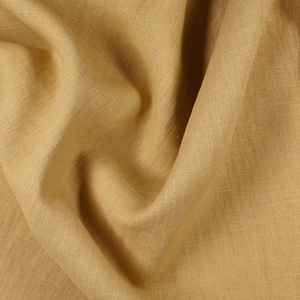













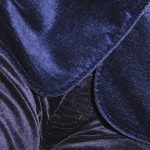
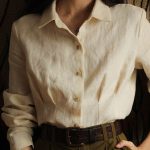
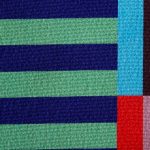

4 Comments
Julia Bowling
Thank you so much for all of your interesting articles bringing to light skilled, hard-working, and sometimes obscure artists for posterity’s inspiration!
I am currently in a different season – working more with the art medium of music notes and lyrics – but I’m excited to get back to fiber arts in the near future!
Marilyn Weyman kegg
I was fortunate enough to attend a lecture by Peter Colllingwood at the Weavers Guild of Greater Cincinnati during one of his teaching tours in the 1980’s. He was incredibly interesting and still very curious about thread interlacements of all kinds. While he was mainly known in the weaving community at the time for his shaft switched rugs, his interest in gauze had led him to an interest in sprang, a technique of interlacing threads of set length by twisting them together to the right or left and all the possibilities for patterning it presented. He demonstrated it to us at the end of his lecture.
In conjunction with Harrisville Designs (loom makers and woolen mill), he designed and engineered the Harrisville Rug Loom and the Collingwood Shaft-Switching Device that allowed others with lesser engineering and fabrication skills to use his techniques. He was the first weaver in the UK to be awarded the OBE (Order of the British Empire). Peter died in 2008. His son, Jason, continued to teach his techniques until his retirement in 2019.
Eleanor M Hjemmet
Collingwood’s “Techniques of Rug Weaving” is my VERY favorite weaving text. NO one explains better than he did. Back around 1982 our Overmountain Weavers Guild held a weaving/shaft switching workshop with Peter at East Tennessee University. I believed he traveled every two years to the US to teach workshops. He was just an amazing teacher. Also, we discovered he was a very accomplished mountain dulcimer player… played blues on the dulcimer! I drew a little sketch of him that, sadly, I seem to have lost. I am among many many weavers influenced by him and who miss him.
Cassandra Tondro
Fabulous! I love Peter Collingwood’s work, and hearing the history behind it is great. I didn’t realize he was a doctor before taking up weaving. Thank you for this post!